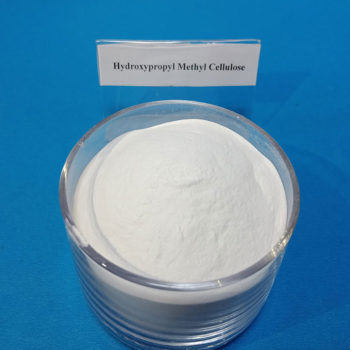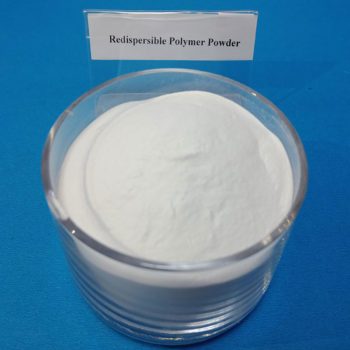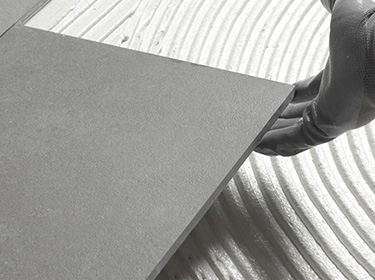China cellulose ether manufacturer
China HPMC factory,have a daily output 150 tons,our products including Hydroxypropyl Methyl Cellulose (HPMC), Redispersible Polymer Powder (RDP) ,which can be widely used in building materials such as dry mix mortar, gypsum based plaster, wall putty, tile adhesive, cement mortar, EIFS, detergent and so on.


RDP for Tile Adhesive: Top 3 Must-Know Facts for Construction!
RDP for Tile Adhesive: Top 3 Must-Know Facts for Construction!
In today’s construction industry, Redispersible Polymer Powder (RDP) has become an essential ingredient in tile adhesives. Whether for residential projects or large-scale infrastructure, RDP plays a decisive role in improving durability, bonding, and flexibility. If you are in the building materials sector, here are the top three must-know facts about RDP for tile adhesive.
1. What Exactly is RDP?
RDP is produced from polymer emulsions through processes such as high-temperature spray drying and surface treatment. The result is a free-flowing powder that can be easily redispersed in water to form a stable emulsion.
Once applied, this emulsion dries to form a flexible and strong polymer film, which enhances adhesion between cement-based mortars and various substrates. Unlike traditional cement alone, the film from RDP provides:
-
High bonding strength
-
Excellent water resistance
-
Improved flexibility and crack resistance
-
Weather durability and freeze–thaw stability
This makes RDP indispensable in a wide range of dry-mix mortars, including tile adhesives, wall putties, plasters, and decorative mortars.
2. Why RDP Improves Tile Adhesives
Traditional thick-bed mortar tiling methods are gradually being replaced by thin-bed applications, where tile adhesive is applied in a 2–4mm layer. RDP is the key additive that makes this modern method possible.
Here’s how RDP enhances performance:
-
Flexibility & Stress Resistance: Temperature changes and substrate movements can cause stress. RDP helps the mortar absorb these deformations without cracking.
-
Better Adhesion: It improves bonding even on challenging surfaces such as glass tiles or low-absorption porcelain.
-
Water Retention: RDP ensures proper hydration of cement in thin mortar layers, reducing risks of shrinkage and poor strength.
-
Workability: Mortars modified with RDP are smoother, easier to apply, and more efficient on-site.
In short, polymer-modified adhesives are stronger, more reliable, and better suited to modern construction needs compared to cement-only adhesives.
3. Applications and Advantages in Construction
Tiles today are used everywhere – from bathrooms and kitchens to facades and swimming pools. For each of these applications, RDP brings unique advantages:
-
High slip resistance: Prevents tiles from sliding down during installation.
-
Extended open time: Gives workers more flexibility and reduces installation errors.
-
Freeze–thaw resistance: Essential for outdoor projects exposed to harsh climates.
-
Durability: Ensures long-lasting tile bonding in both dry and wet environments.
RDP-based tile adhesives allow contractors to skip pre-soaking tiles, speed up construction, and achieve more consistent results. With these benefits, RDP has become the standard for modern tiling projects worldwide.
Final Takeaway
When it comes to tile adhesives, RDP is more than just an additive—it’s a game-changer. It enhances adhesion, ensures flexibility, and guarantees long-term durability across a wide range of applications.
If you’re looking for reliable results in construction, understanding and choosing the right RDP-modified tile adhesive is one of the smartest investments you can make.
